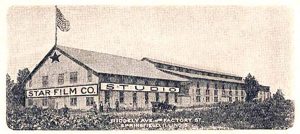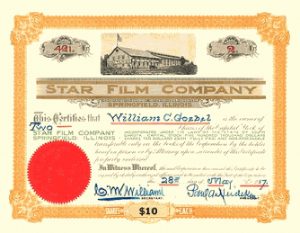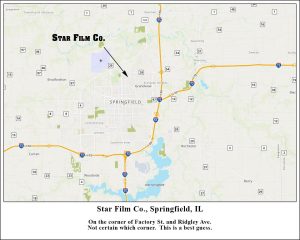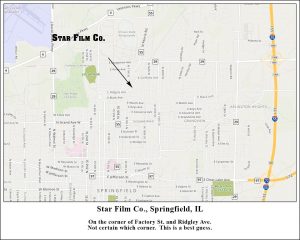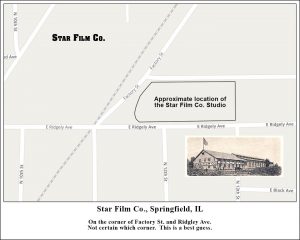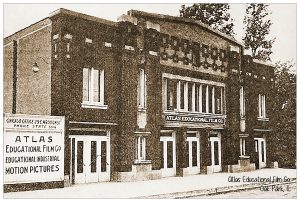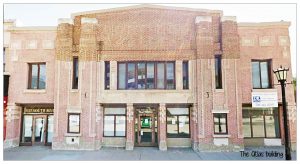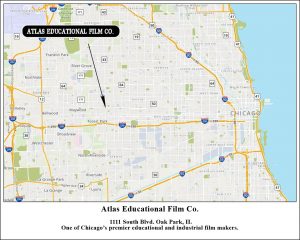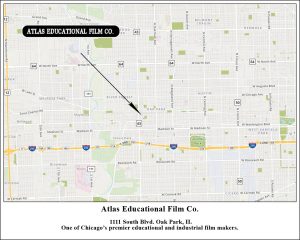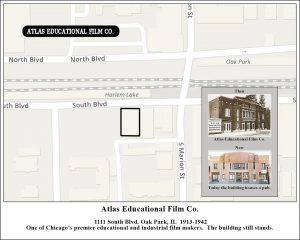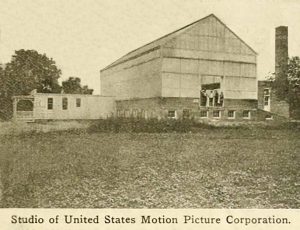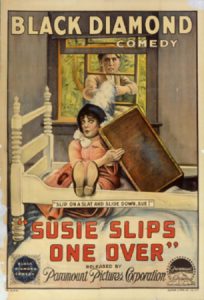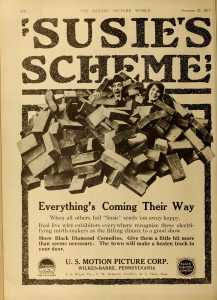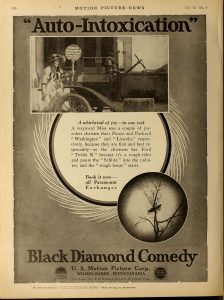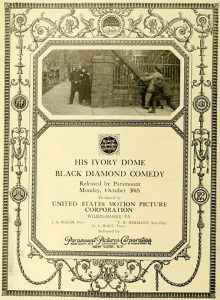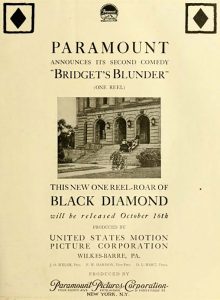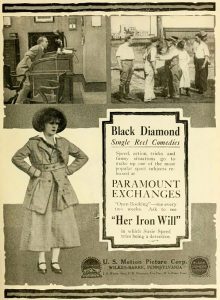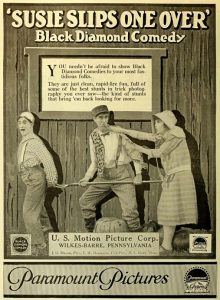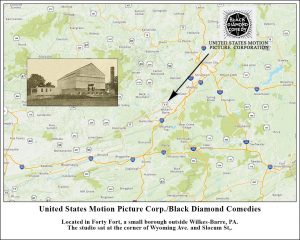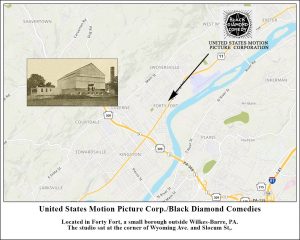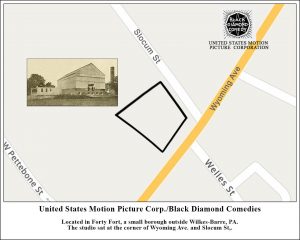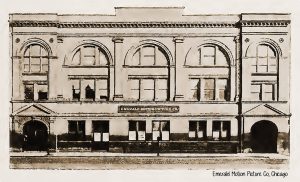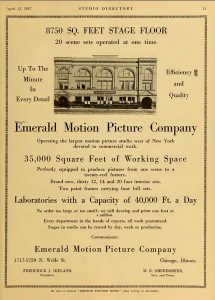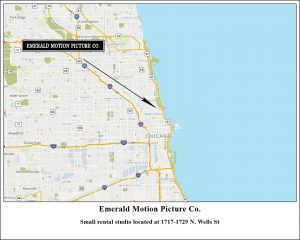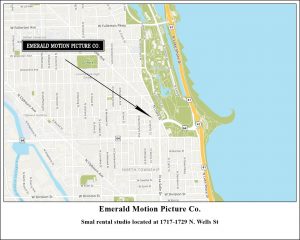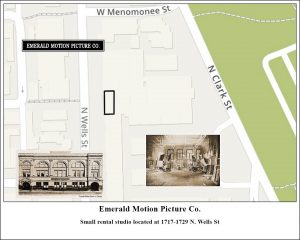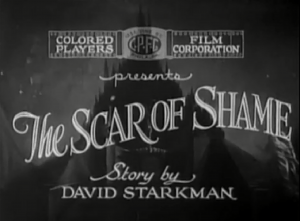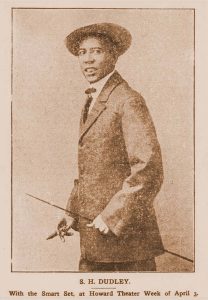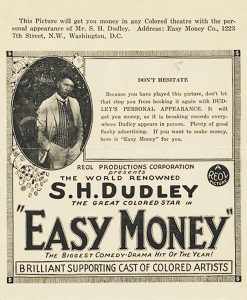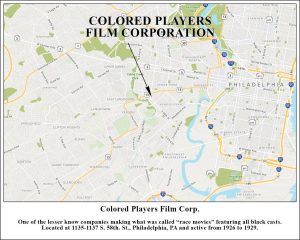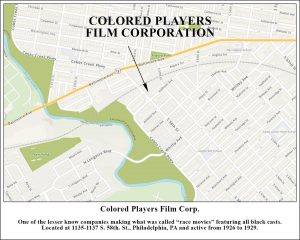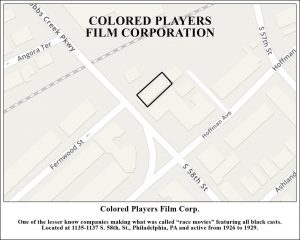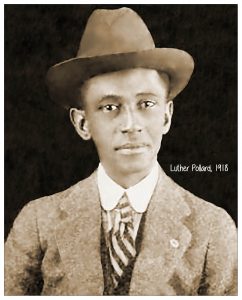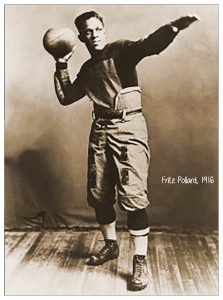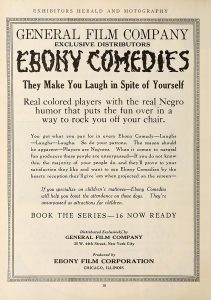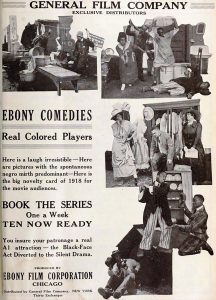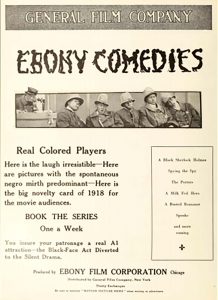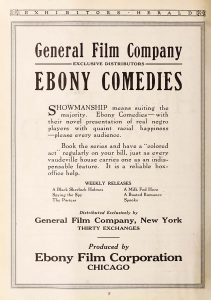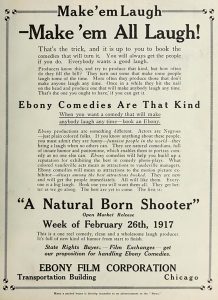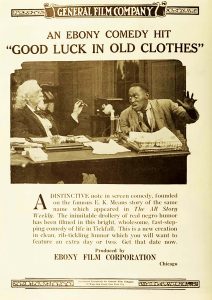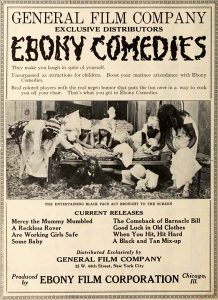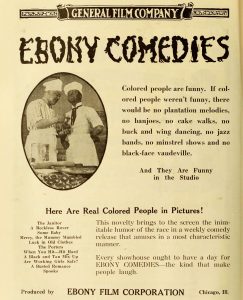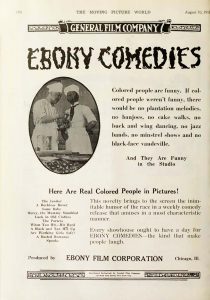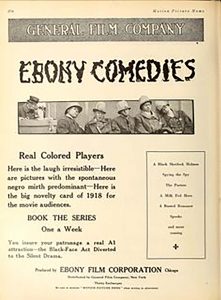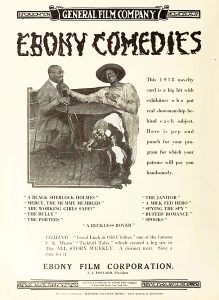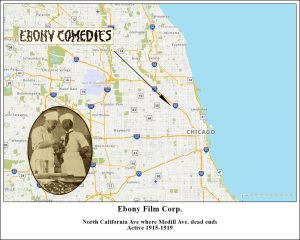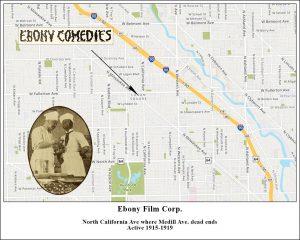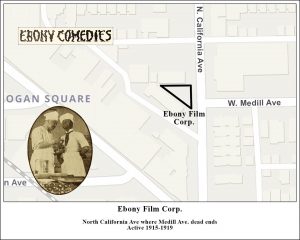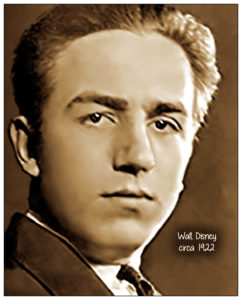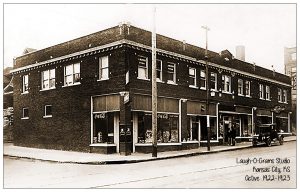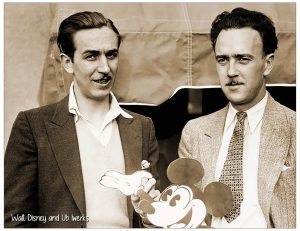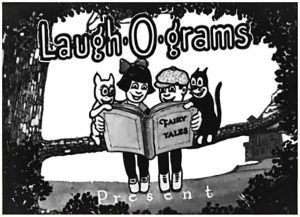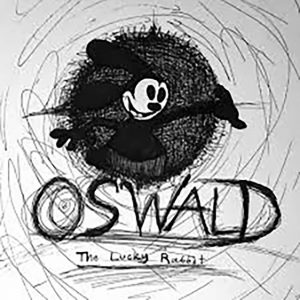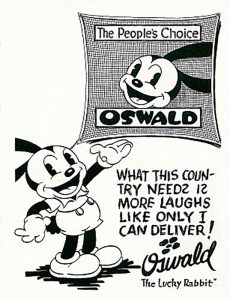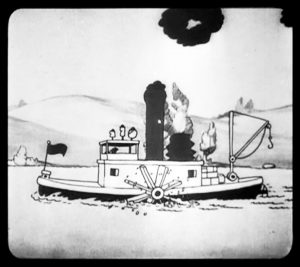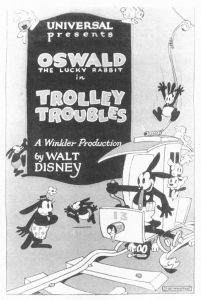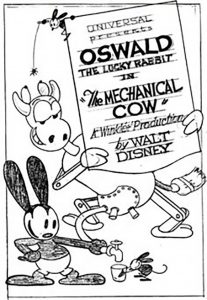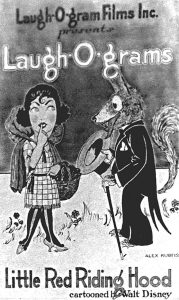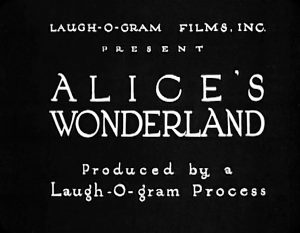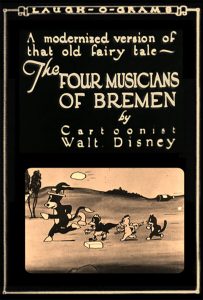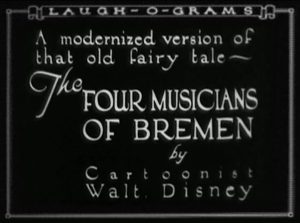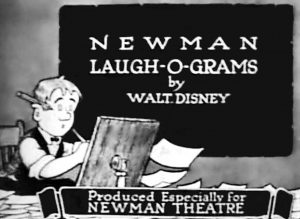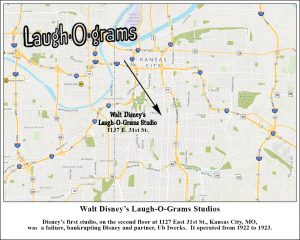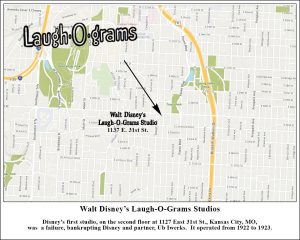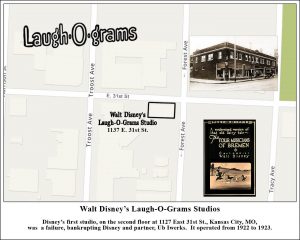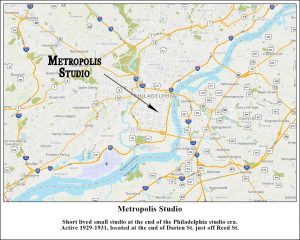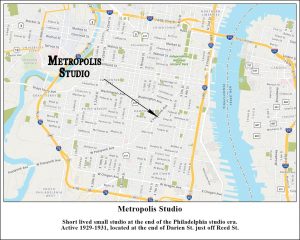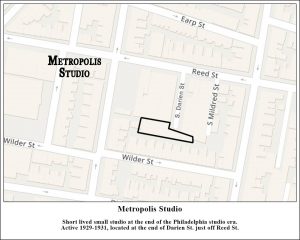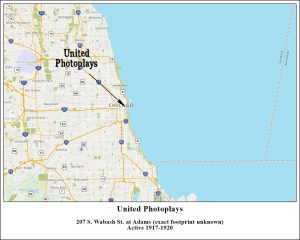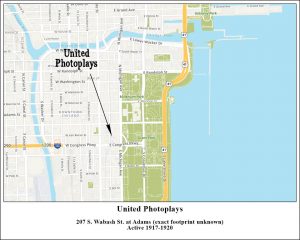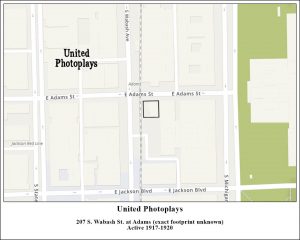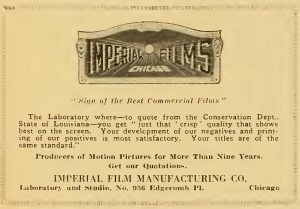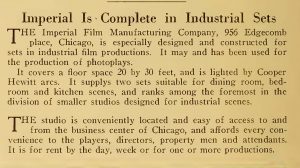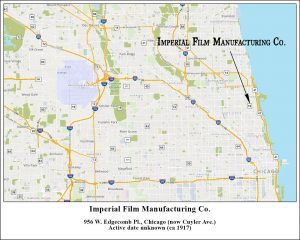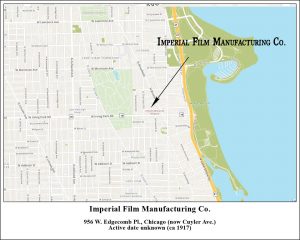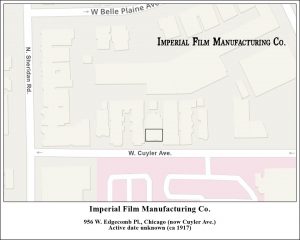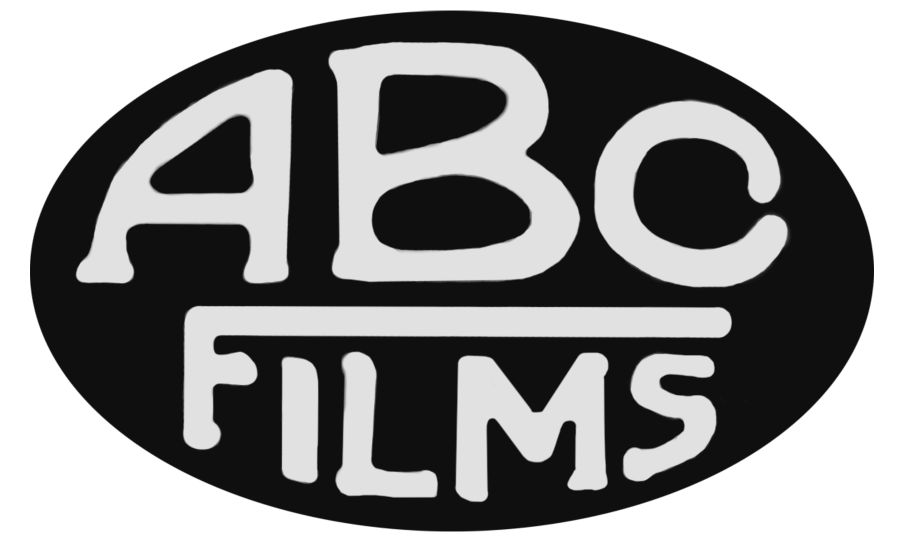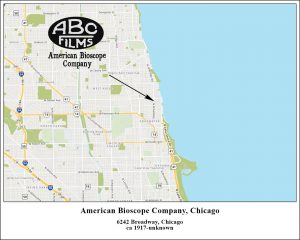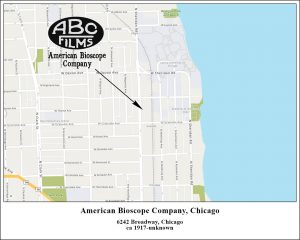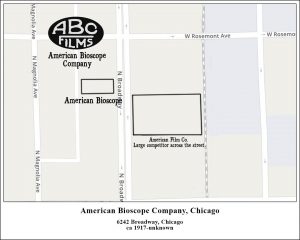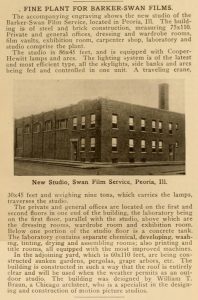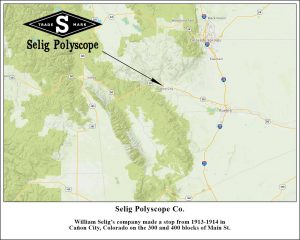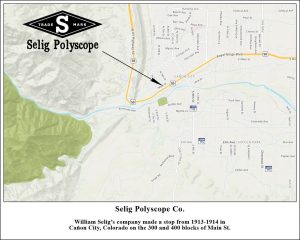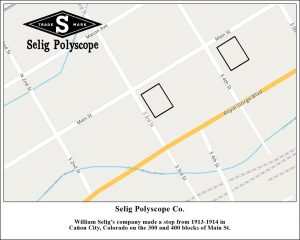The Small Studios of
Illinois and Pennsylvania
and other Midwest locations
There were many studios and production companies who were so small and underfunded that they came and went before anyone had the chance at recognition. Some made only a few films, others were quite prolific. For the most part their histories are lost or hidden from view. We are always searching for more information and for additional studios.
Star Film Co.
Factory St. and Ridgley Ave., Springfield, IL
Active 1902-1914
After the big studios, there was Star Film Company of Springfield, Illinois.
Not to be confused with the Star Company of Georges Méliès, the famous French pioneer, Star was located outside Chicago in Illinois' capitol city, Springfield. It was located at the junction of Factory St. and Ridgley Ave. (I have no specific information as to which corner it was on or how big it was).
Star was founded in 1902 and closed in 1914 making it one of Illinois' longest lasting studios.
Atlas Educational Film Co.
1111 South Blvd. Oak Park, IL
Active 1913-1942.
Located in the Oak Park section of Chicago, Atlas Educational Film Co. operated a small studio from 1913-1942. The building still survives and today it is a pub.
At the turn of the 20th century, Chicago was one of the movie making epicenters. Several of the largest, most popular film studios called Chicago home, Including Selig Polyscope, and Essanay. Though not one of the major studios, Atlas was certainly one of the most prolific and longest lasting.
Once the movies business established roots in Hollywood, the Chicago industry began a painful decline, many moving to the coast but most simply closed their doors. Atlas outlasted them all. Based in Oak Park, the company was formed in 1913 and specialized in educational and industrial films. They lasted until 1942.
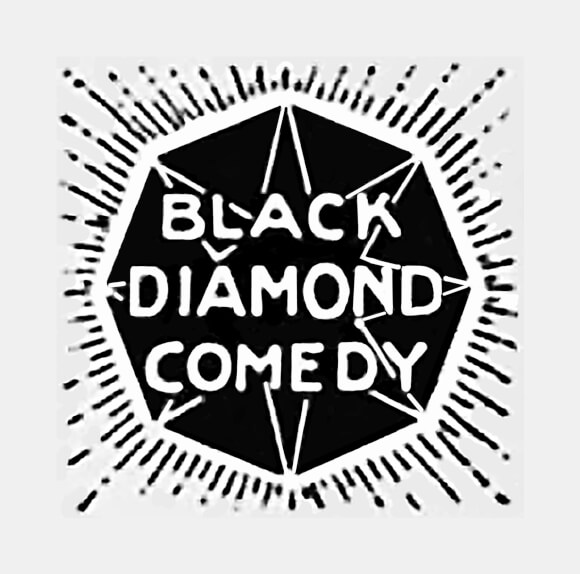
United States Motion Picture Corp.
Slocum St. and Wyoming Ave., Forty Fort, PA
Active 1916-1920
From 1916 until it went bankrupt in 1920 stood a long forgotten silent movie studio at the corner of Slocum and Wyoming in Forty Fort, Pennsylvania (just outside Wilkes-Barre). Known as Black Diamon Studio, it made a few movies for Paramount and other picture distributors, but eventually the contracts ran out as the industry moved to the west coast.
The studio was founded by James O. Walsh, F.W. Hermann, and D.L. Hart. The company offices were in Wilkes-Barre while the studio stood in Forty Fort. USMPC's biggest star was Leatrice Joy, who went on to fame as a major Hollywood star. The company made comedies under the Black Diamond brand (circa 1917) and Rainbow brand (circa 1918). Their films were rereleased in as Unique Comedies brand in 1919. Their productions were distributed by Paramount Pictures Corporation circa 1916 through circa 1917, and by Arrow Film Corporation circa 1919. For a time the company wintered in Jacksonville, Florida.
United States Motion Picture Corp. Photos:
See USMPC on the Map
Emerald Motion Picture Company
1717-1729 N. Wells St., Chicago
Active ca 1917-1919
Motion Picture rental studio occupying a three-story building with stage, offices, dressing rooms, film laboratory, shipping department, carpentry shop. The stage measured 125 x 70 and 50 feet high and could accommodate 6 productions and 20 sets simultaneously. It also boasted a state of the art electrical and lighting system, and film laboratory.
As of 1917 the owners of the company were Frederick J. Ireland and M.E. Oberdorfer.
In 1919 Emerald merged with 4 other companies becoming Reelcraft Pictures Corp. and relocating to 1107 Bronson Ave. in Hollywood. Frederick Ireland emerged as Vice President in charge of Production.
Colored Players Film Corp
1135-1137 S. 58th. St., Philadelphia, PA
Active 1926-1929
The Colored Players Film Corporation, also known as The Colored Players Film Corporation of Philadelphia, was an independent silent film production company based in Philadelphia, Pennsylvania founded by David Starkman and Sherman H. Dudley in 1926.
The film company, for the most part, made silent melodramatic films that featured all African American casts. During its brief time operating, the production company released four films, including A Prince of His Race (1926), a remake of Timothy Shay Arthur’s Ten Nights in a Bar Room (1926) with an all black cast, Children of Fate (1927), and finally The Scar of Shame (1929). Of the four films the company produced only Ten Nights in a Bar Room and The Scar of Shame still remain.
The business dissolved in 1929.
More reading:
https://en.wikipedia.org/wiki/Colored_Players_Film_Corporation

Ebony Film Corp.
North California Ave. at the dead-end of West Medill Ave., Chicago
Active 1915-1919
Located in the Logan Square neighborhood of Chicago, Ebony Film Corp. was one of the country's leading producers of what was known, at the time, as "race movies." It opened its doors in 1915 as a Historical Feature Film Company. Because the company was owned by white men, which was common for “race movie” companies of the era. However, the films themselves had all black directors, writers, and casts. The movies were filled with every Negro stereotype known in an effort to appeal to white audiences as well as black.
After the 1916 release of D.W. Griffith's "Birth of a Nation," which caused the resurrection of the KKK, the black community turned on them and their reputations suffered. If an effort to stay viable, in 1917 the white owners hired two black men to run the company for them and changed its name. African American producer Luther J. Pollard was taken on as a partner and acted as the company president. His brother, Frederick Douglas “Fritz” Pollard, was the talent scout. Fritz would later become a professional quarterback and the first black professional football coach.
Another of the stock players was Sam Robinson, brother of Bill "Bojangles" Robinson. Pollard’s goal was to produce comedies that showed Negroes in dignified comedy roles without any of the “chicken stealing and watermelon eating.” Their films are considered by historians to be a historically significant representation of black entertainment of the era.
However, the company’s reputation was too far gone for the company to survive. The old films were released with the new company name and though white audiences loved them, black audiences were still outraged. The new pictures did not live up to the standard that Pollard envisioned, and the Chicago black press called for a boycott.
In 1919 the doors closed.
Between 1915 and 1919 they produced approximately 30 films.
https://normanstudios.org/blog/2017/01/17/the-rise-and-fall-of-ebony-films/
https://lutherjpollard.blogspot.com/

Disney's Laugh-O-Grams Studio
1127 East 31st St., Kansas City, MO
Active 1922-1923
Before building his iconic studio in Burbank, Walt Disney operated his small amination company in a variety of small studios. Laugh-O-Grams was Disney’s first formal studio. The company began in 1921 and this studio was set up on May 23, 1922 occupying 2,500 square feet on the second floor of the McConahay Building at 1127 East 31st in Kansas City, Missouri.
The studio played a role in the early years of animation: it was home to many of the pioneers of animation, brought there by Walt Disney. Famous animators Ub Iwerks, Hugh Harmon, Ruby Isling, Carmen Maxwell and Fritz Freleng got their starts in Kansas City with Disney.
Iwerks met Disney as children growing up in Kansas City and was Disney’s oldest and closest friend. He was an original partner in the Laugh-O-Grams company and continued a lifelong relationship with Disney and his animation department. Iwerks was the original animator of Oswald the Rabbit and Mickey Mouse.
The building Laugh-O-Grams occupied fell to ruin over the years and was recently restored. It is now a museum dedicated to Walt Disney and Laugh-O-Grams. Some say this is the place that provided Disney with the inspiration for Mickey Mouse.
Laugh-O-Grams declared bankruptcy in 1923.
https://en.wikipedia.org/wiki/Laugh-O-Gram_Studio
The Walt Disney Company
Disney's Laugh-O-Grams Photos and Illustrations
Laugh-O-Grams on the Map

Selig Polyscope
300 block of Main St.
Cañon City, CO
Active 1913-1914
Selig Polyscope, Company a pioneer movie company, briefly located on the 300 block of Main St. from 1913-1914. William Selig created a unit of his company here with future star Tom Mix, and players Myrtle Stedman, William Duncan, and Joe Ryan.
A second Selig studio was constructed at 4th and Main (exact spot unknown), which was taken over by the short-lived Colorado Photoplay Co.
The Foster Photoplay Co.
address unknown, Chicago
Active 1913-ca 1918
The first all black company founded by a black businessman, William Foster (aka Juli Jones).
Metro Pictures Corp.
address unknown, Phildelphia
A short-lived branch of the iconic company
American Film Co.
address unknown, Colorado
A short-lived branch of the iconic company
Burton Holmes
7510 N. Ashland Ave., Chicago
Burton Holmes was a world famous photographer. Holmes made Travelogues released through Famous Players-Lasky (Paramount).
US Films
address unknown, Chicago
no information
Liberty-German Town
address unknown, Philadelphia
no information
Reserve Photoplay Co.
717 Superior Ave.
Cleveland, OH
Active ca 1914-1916 or so
Owned by Johnny and Emma Ray. In June or July 1916 they move out of this small, cramped studio into the top floor of Wilshire Building, formerly occupied by the Post Office.

